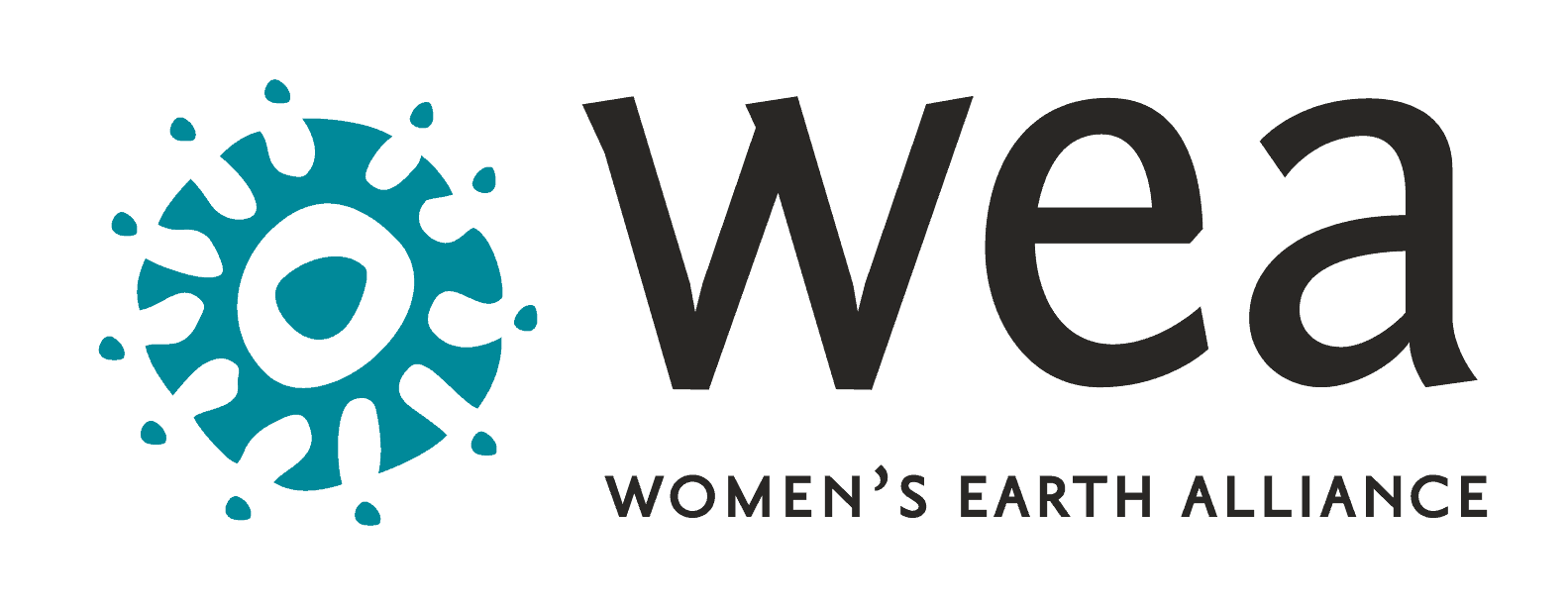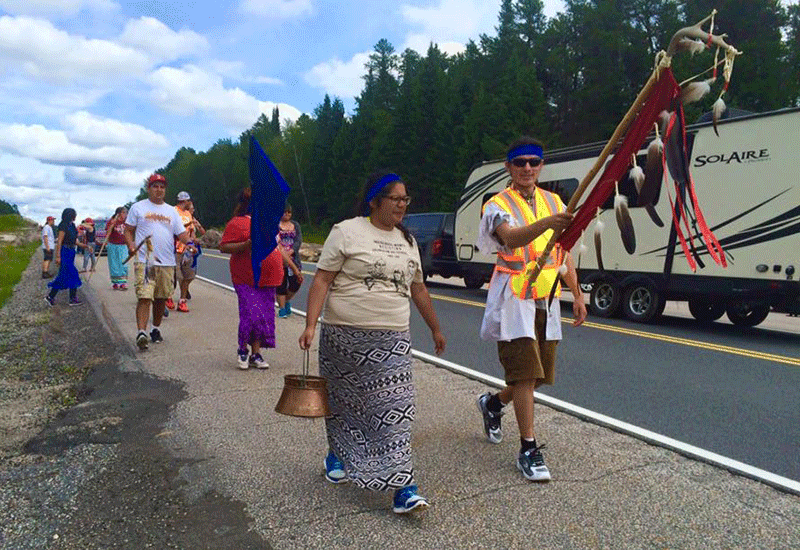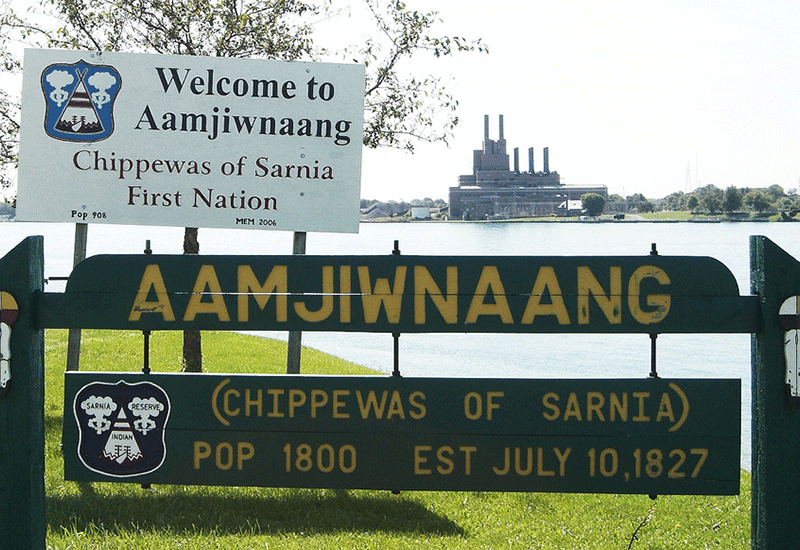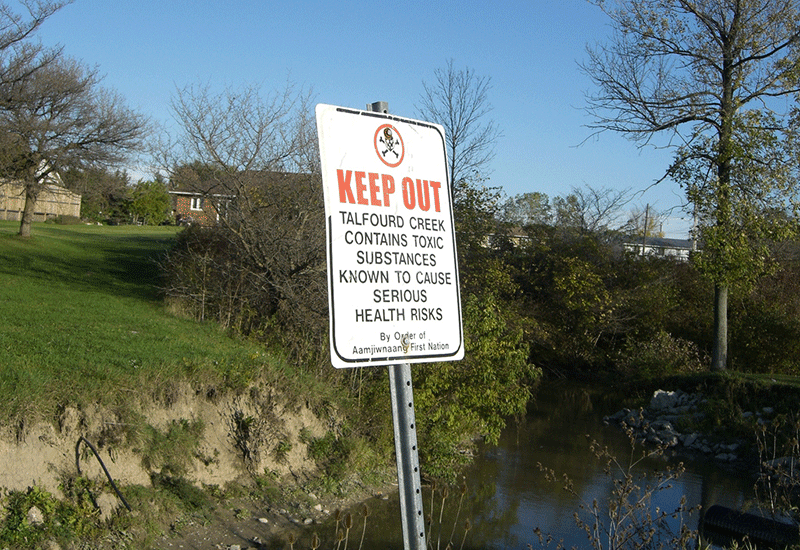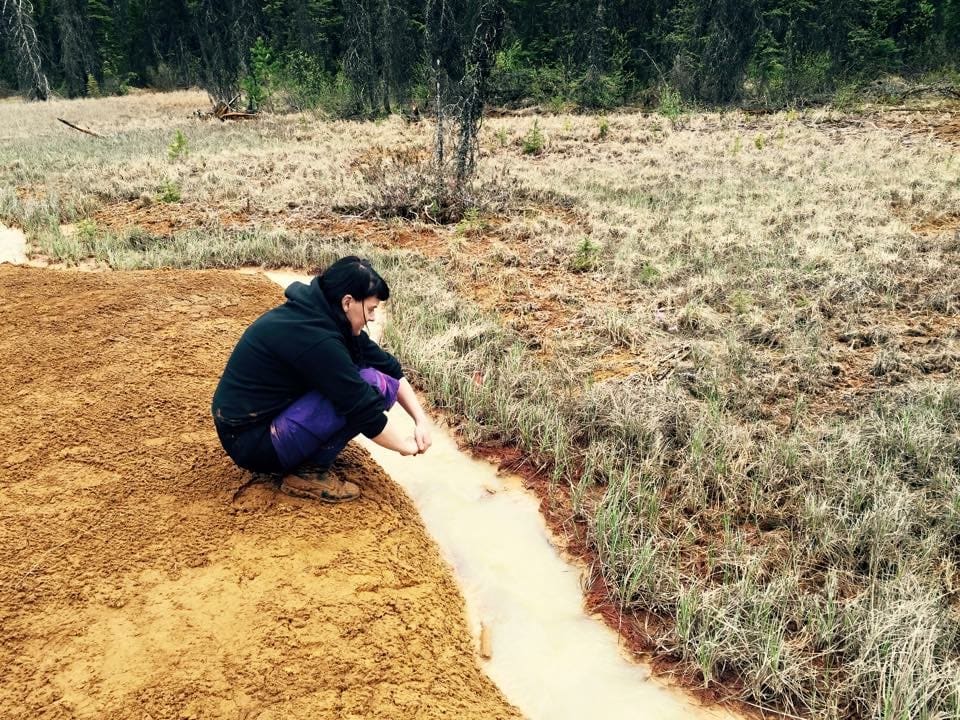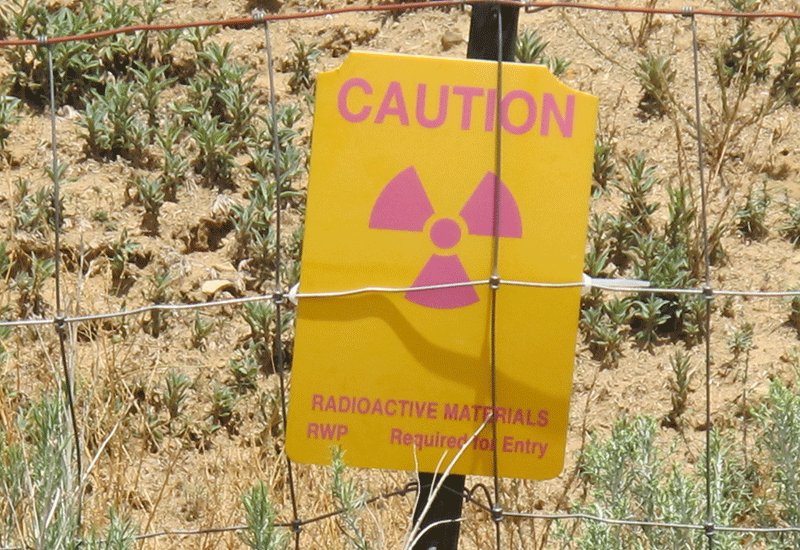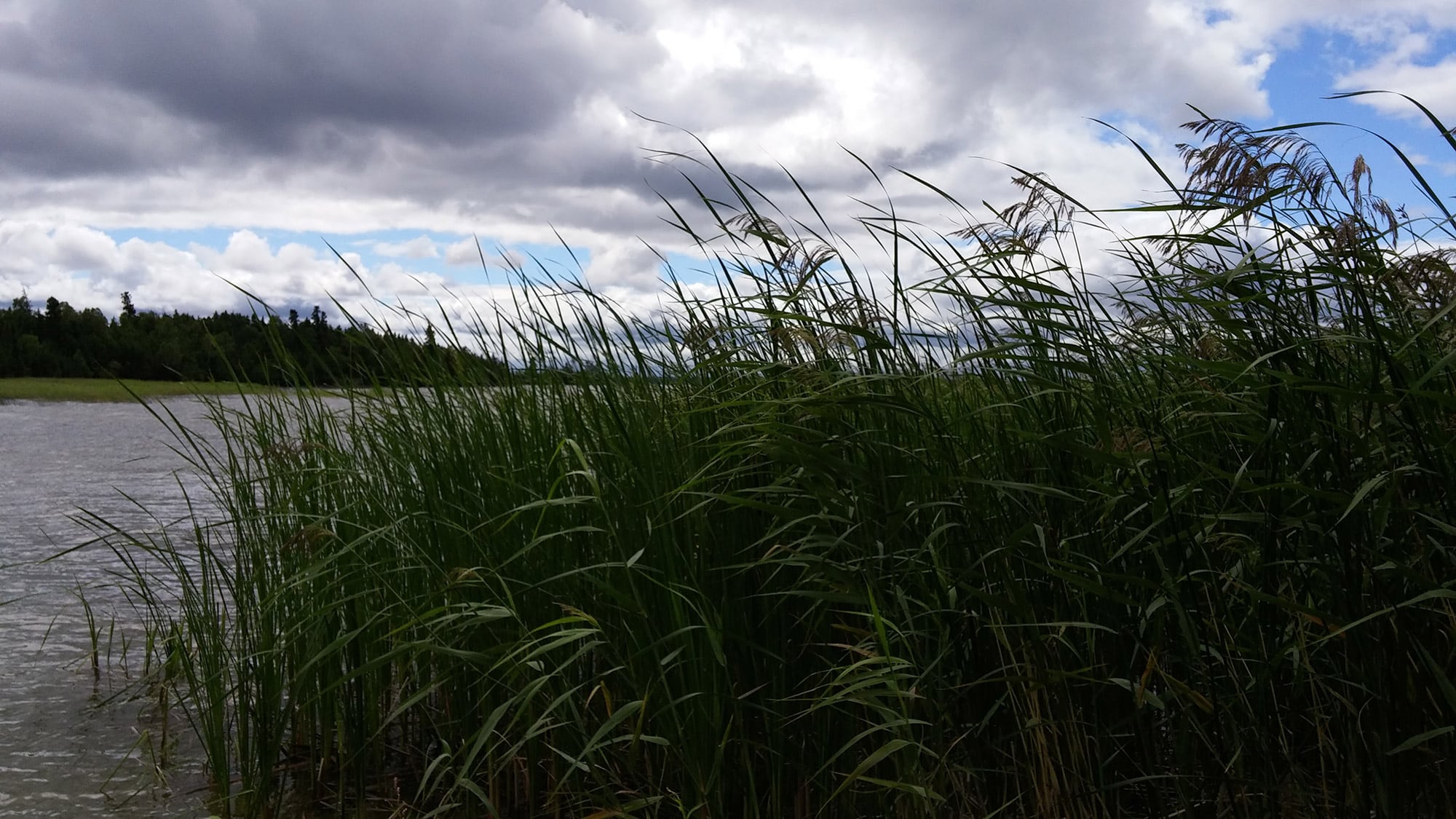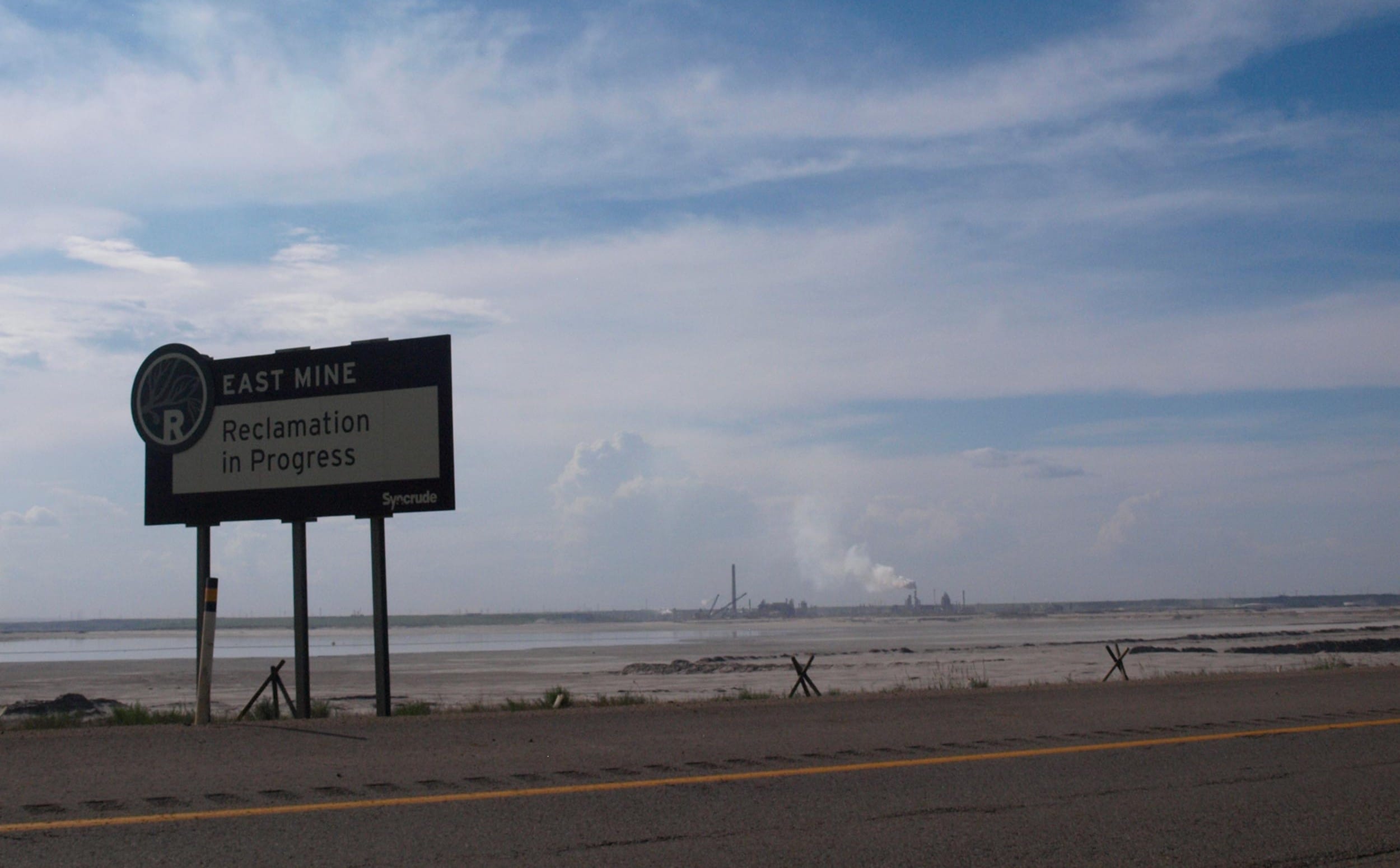Partner: Native Youth Sexual Health Network, based in Toronto, Canada and U.S.
Goal: Support the leadership of Indigenous women and girls who are resisting violence in their communities caused by the presence of oil, gas, mining and fracking industries in North America through the creation and dissemination of a resource featuring community-driven solutions to environmental violence, and a series of teach-ins in impacted communities across the continent.
Impact: With the resources and tools included in the Violence on the Land, Violence on our Bodies report and toolkit, Indigenous women and young people impacted by fracking, oil, gas and mining document environmental violence in their territories, educate their communities and the public about these impacts, lead culturally-appropriate resistance efforts, and use nation-specific remedies to heal from this violence. The report, toolkit, Environmental Assessment, resource database and more can be found at landbodydefense.org.
Launch date: Q1, 2014
Meet Some of the Land Defenders
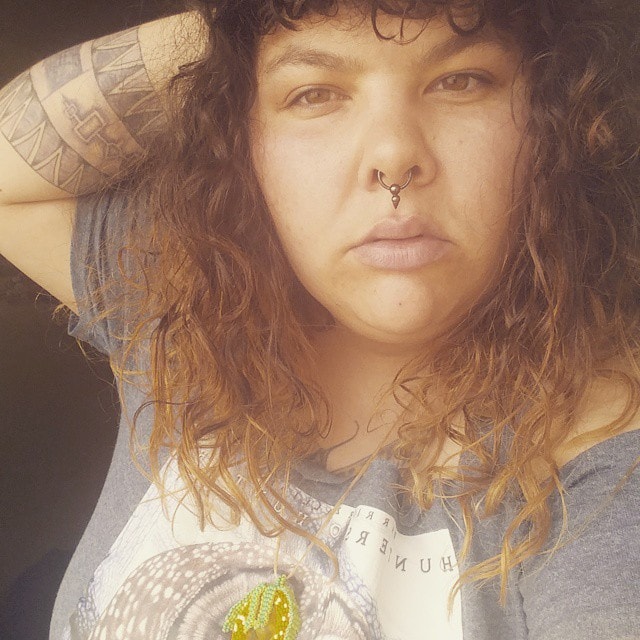
Iako’tsira:reh Amanda Lickers is an Onondowa’ga (Seneca) Haudenosaunee anti-colonial land defense organizer from the Turtle Clan. Her work deals in large part with the defense and rebuilding of Indigenous territories and nations in the face of the continued colonization and industrialization of these lands.
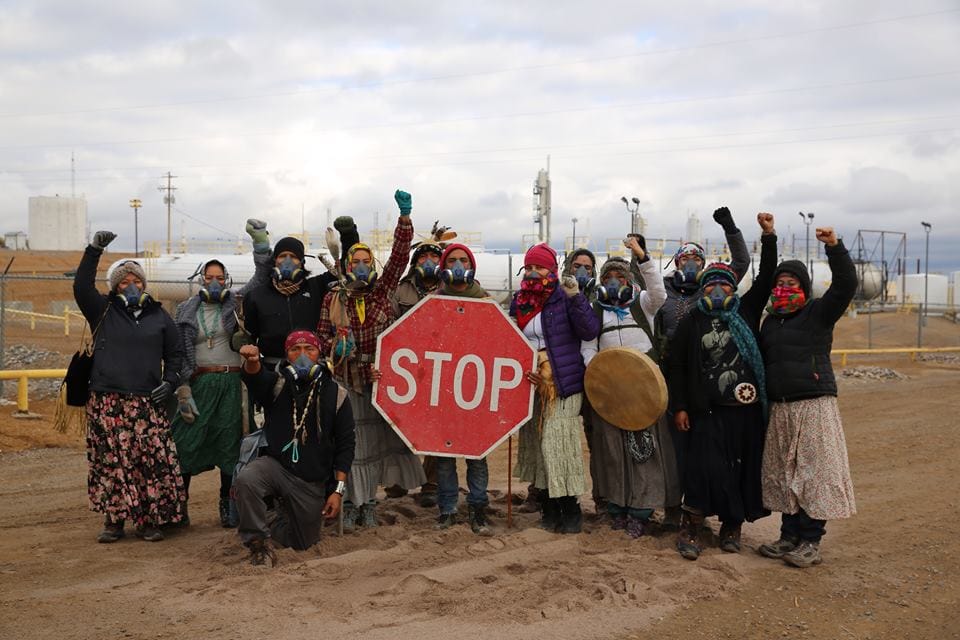
Nihígaal bee Iiná (Our Journey for Existence), is a group of Navajo young people who are walking across Dinétah to talk with community members, offer prayers for Mother Earth, and resist environmental violence. To date, they have journeyed over 1000 miles.

AT A GLANCE
Indigenous lands in North America are home to the nation’s largest coal strip mine, the largest uranium deposit, and the world’s largest oil extraction project.*
Crime has increased roughly 18% between the start of the Bakken oil boom in 2008 and 2013. In fact, while reported cases of violent crime decreased by 1.6% in 2014, they increased by 7.9% in 2012, and then by another 7.4% in 2013.*
In the U.S. alone, some 5% of oil and 10% of gas reserves, as well as 30% of low sulfur coal reserves and 40% of privately held uranium deposits are found on Native American reservations.*

"The land is our Mother, so when we lose value for the land…people lose value for the women."
— VANESSA GREY (AAMJIWNAANG FIRST NATION)

The Problem
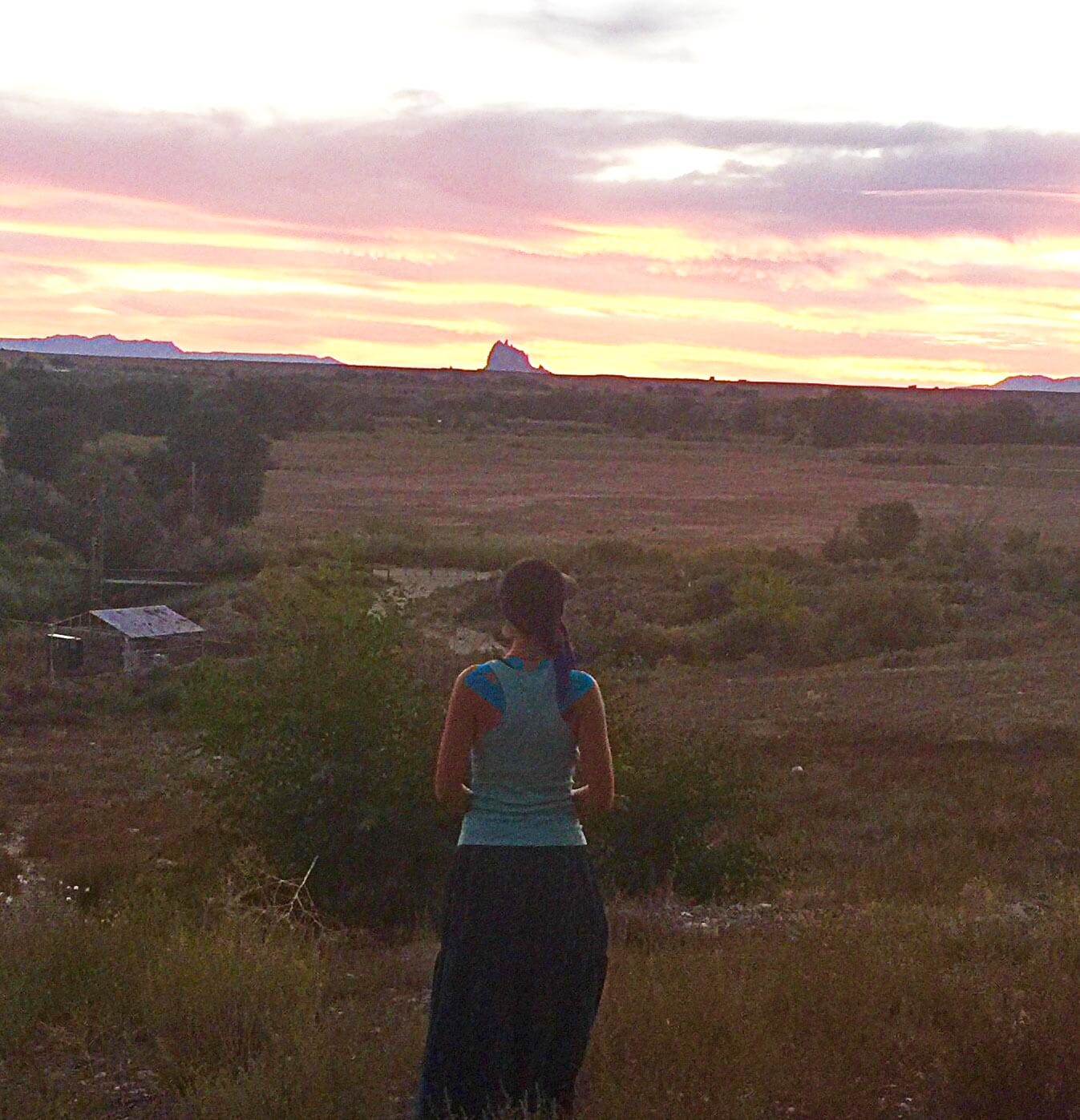
For Indigenous communities in North America, the links between land and body create a powerful intersection—one that, when overlooked or discounted, can threaten their very existence. Extractive industries have drilled, mined, and fracked on lands on or near resource-rich Indigenous territories for decades. Although the economic gains have been a boon to transnational corporations and the economies of the U.S. and Canada, they come at a significant cost to Indigenous communities, particularly women and young people.
Many of these communities are sites of chemical manufacturing and waste dumping, while others have seen an introduction of large encampments of men (“man camps”) to work for the gas and oil industry. The devastating impacts of the environmental violence this causes ranges from sexual and domestic violence, drugs and alcohol, murders and disappearances, reproductive illnesses and toxic exposure, threats to culture and Indigenous lifeways, crime, and other social stressors.
The very health of Indigenous nations is threatened, but there has been little action by policy makers and international bodies because of a lack of formal documentation of the damages.

“Everything from the family to the Longhouse has been affected by industry and by the way it operates in our territories and on our bodies.”
– Iako’tsira:reh Amanda Lickers (Turtle Clan, Seneca)

Our Solution
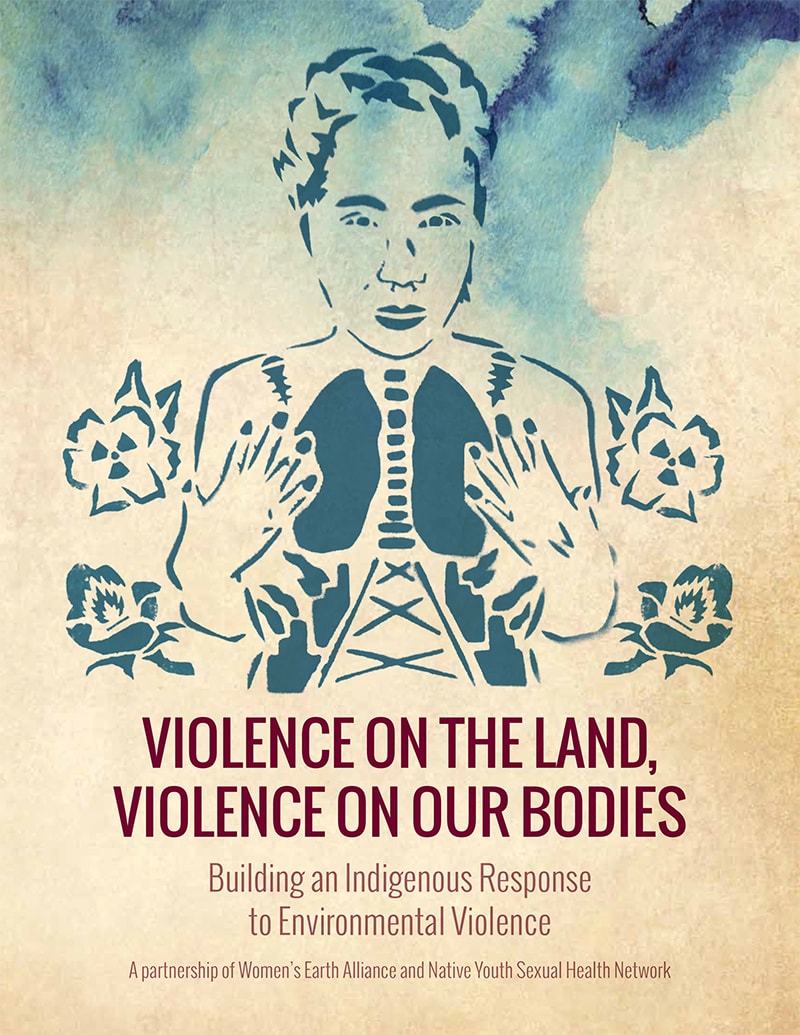
The Violence on the Land, Violence on our Bodies report and toolkit centers the experiences and resistance efforts of Indigenous women and young people in order to expose and curtail the impacts of extractive industries on their communities and lands. Together, our team traveled to some of the most heavily impacted Indigenous territories in the U.S. and Canada to listen to frontline communities. From the American Southwest to Canada’s tar sands region of Alberta, our team walked with Navajo youth across their sacred lands in New Mexico and witnessed First Nations’ women and young people bravely speaking up in defense of their land, their people, and future generations. Our goal was to detail — through community interviews and research — the environmental violence suffered by community members. We also sought to share their resistance efforts, and provide advocacy tools and strategies to support their work.
In addition to heart-breaking stories, our interviews uncovered two important nuances:
- Healing and ceremony are crucial components to the work being done to respond to environmental violence; and
- While local, federal, and international laws and policies serve as critical tools, Indigenous peoples are also designing more immediate solutions to reducing harm, which are culturally-safe and community-based.
This report is paired with a toolkit for Indigenous communities that offers workshop templates for environmental violence teach-ins, resources for healing and land-based medicines, and a community health assessment. These and other practical tools aim to help Indigenous communities identify the connections between the way their bodies and lands are being impacted, and it also provides the means to combat the dangers of environmental violence. Most importantly, the toolkit offers both guidance and support for developing and strengthening culturally-rooted, nation-specific responses to the unrelenting traumas Indigenous communities face.
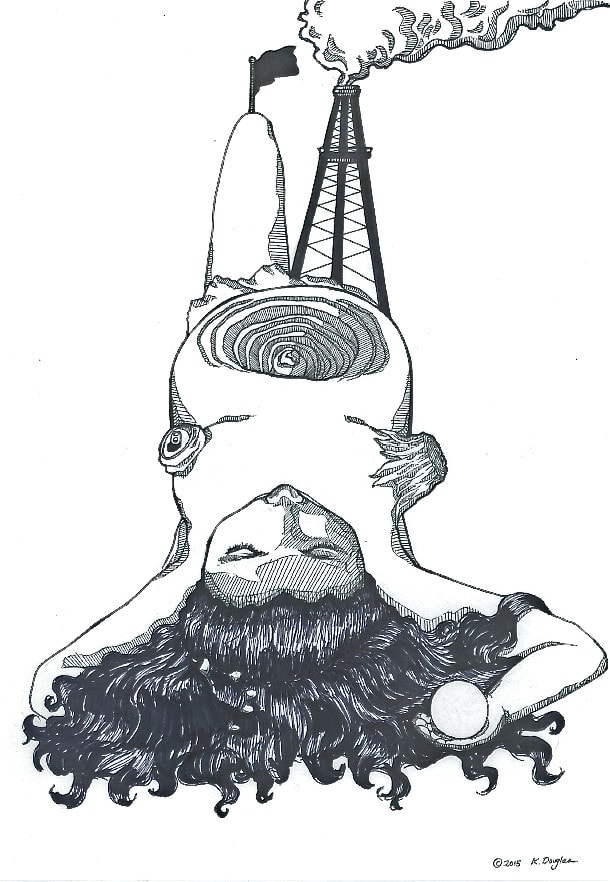
Why Now
With natural gas and oil extraction intensifying in North America, it is important now more than ever to amplify the voices of those most impacted: the Indigenous people from communities adjacent to the contaminated soil, open-air wastewater pits, and dangerous industry workers’ camps. But, engaging a larger audience isn’t enough. This report offers the much needed documentation that policy makers and international bodies need to change the interlocking systems of oppression that make environmental violence in Indigenous communities a grim reality.
For more information, please visit: landbodydefense.org

